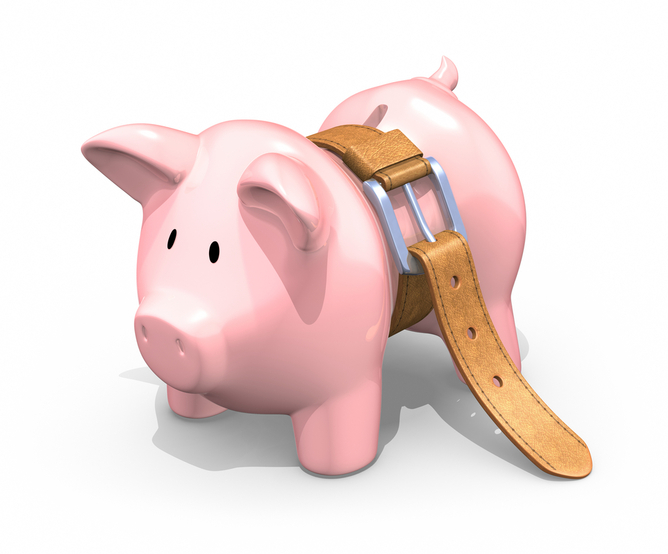 Private debt is holding back economic growth, especially impacting the lower and middle class households. Private debt saw a significant increase in the years prior to 2008 and the financial crisis that began the same year.
Private debt is holding back economic growth, especially impacting the lower and middle class households. Private debt saw a significant increase in the years prior to 2008 and the financial crisis that began the same year.
Households in the United States have become dependent on debt to maintain their way of life in the face of stagnant wages according to a report from the New America Foundation called America’s Debt Problem.
The report’s authors, Joshua Freedman and Sherle R. Schwenniger, found that lower and middle-income households have much higher debt burdens when compared to upper-income groups. The heavy debt burden that the lower and middle-income households face is mostly attributed to lack of wage and income growth. In fact, the report found that the debt-dependent economy in the United States is concurrent with greater income and wealth inequality.
From the 1990s to 2008 debt build up happened mostly because of private household debt not public debt. The debt of the federal government did not experience an increase during the same time period. Also, the report concluded that overall debt actually declined.
The total debt within the economy declined from 375 percent of the GDP at its highest point early in 2009 to 343 percent in the third quarter of 2013 the report found.
When contrasting the households and their percentages of debt the bottom 95 percent of households increased from 107 percent to 156 percent of income from 2001 to 2007; the top 5 percent’s household debt-to-income had no change.
The specific details of the type of debt that households face are quite revelatory. There were declines in credit card, home equity and mortgage debt, however student and auto loans increased in households.
Comparing the current figures to household debt in the past reveals that current debt levels are much higher than previous years. During the 1980s, household debt held an average of 50 percent of the GDP. In the 1990s that rose to 61 percent. March 2009 saw a peak at 95 percent of the GDP, which has since declined to 77 percent in September 2013.




